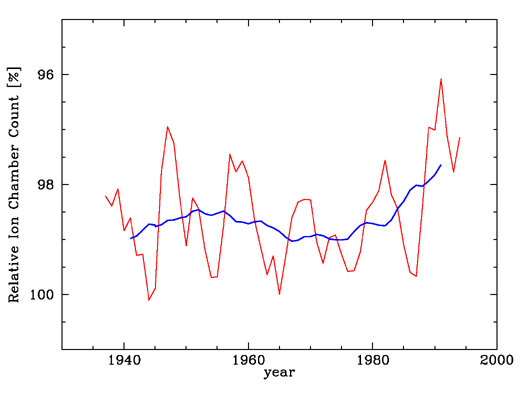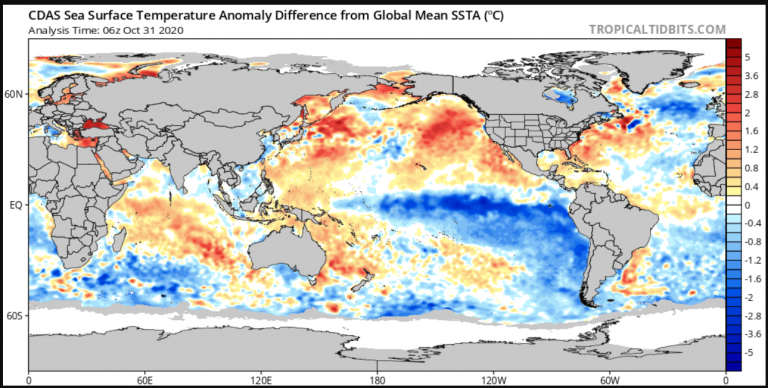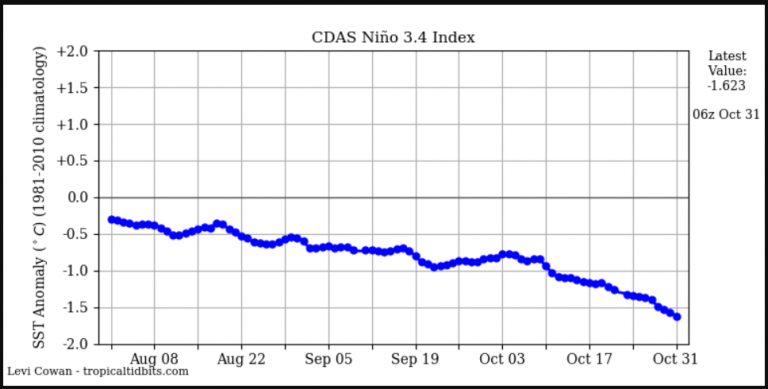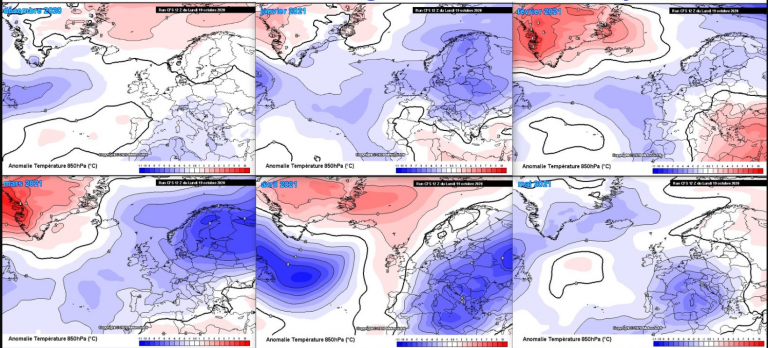- Joined
- Dec 16, 2011
- Messages
- 74,409
- Reaction score
- 32,645
- Location
- Florida
- Gender
- Male
- Political Leaning
- Liberal
Not a miracle. Solar/GCR-driven climate.
No it would be a miracle....
But the change from 2004 to 2007 in the sun's output of visible light, and the attendant warming at Earth's surface of 0.1 watt per square meter, is roughly equivalent to the overall forcing of the sun on the climate over the past 25 years—estimated by the U.N. Intergovernmental Panel on Climate Change to be an additional 0.12 watt per square meter. That suggests scientists may have overestimated the sun's role in climate change.
Regardless, the solar change is dwarfed by the impact from the extra heat trapped by CO2 alone since 1750: an additional 1.66 watts per square meter, an effect that other greenhouse gases, such as methane, strengthen further. In other words, whereas the new satellite measurements call into question computer models of solar output, it does not change the fundamental physics of human-induced global warming.
https://www.scientificamerican.com/article/weaker-sun-may-equal-warmer-earth/







